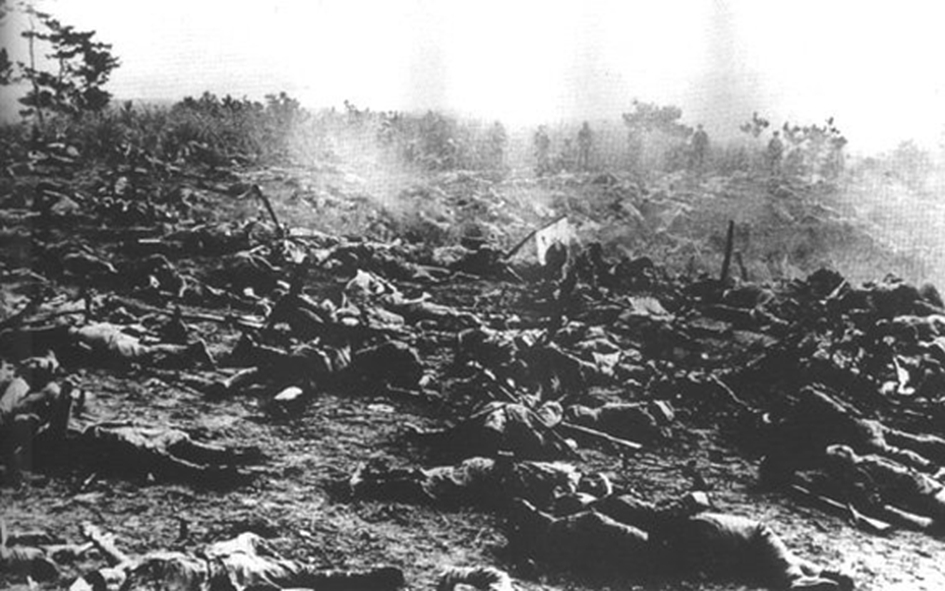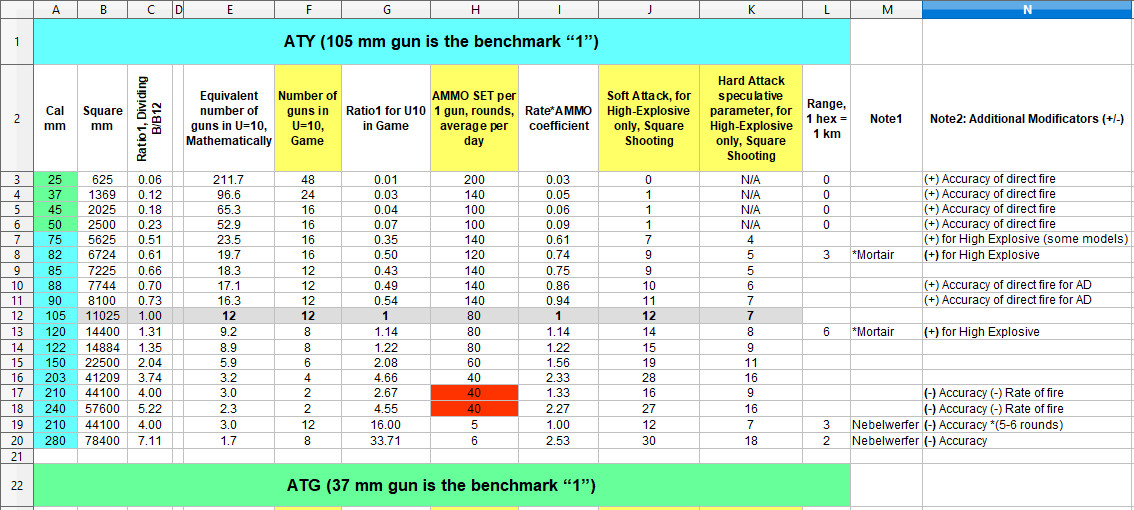Download link is in first post in thread:
viewtopic.php?f=95&t=467&p=7294#p7294
Copied from README file from downloadable zip-file
=================================================================
Preface
Many thanks to my friends Radoye and Hexcode from PGF Forum on
viewforum.php?f=95 for ideas and сonstructive cooperation!
Special thanks to Hexcode for deep knowledges in executable file tabular segments !
Special thanks to Radoye for excellent SPAIN scenarios from his WAW Campaign!
(c) Lettos. Any information from this campaign can be used free of charge for the purpose of creating new PGForever content.
=================================================================
CAMPAIGN RULES, SETTINGS AND TWEAKS
=====
Campaign path:
MAGIC FIRE (MAJ/MIN) -> BADAJOZ (MAJ/MIN) -> BILBAO (MAJ/MIN) -> EBRO (MAJ/MIN) -> MADRID (MAJ/MIN) -> POLAND (MAJ/MIN) -> WARSAW (MAJ/MIN) -> Intermediate scenario -> LOW COUNTRIES (MAJ/MIN) -> FRANCE (MAJ/MIN) -> SOMERSET (MAJ only!) -> Player's choice (historical or ahistorical path)
-> Player's Ahistorical choice (NORTH AFRICA or GREECE) (in work!)
-> Player's historical choice (NORTH AFRICA or BALKANS) (in work!)
Whole Campaign has been tested with default PGF settings (AI=Advanced, both sides Prestige=100% and Experience=0, Weather, Supply and Hidden units are "ON").
In Scenarios BILBAO and EBRO seems only MIN victory is available.
All standalone scenarios has been tested too and fully playable for AXIS side.
=====
Scenarios data(units) and maps:
MAGIC FIRE, BADAJOZ, BILBAO, EBRO, MADRID: maps and units are taken from WAW by Radoye. Order of Battle and units are sligthly modified by Lettos.
POLAND, WARSAW, FRANCE: new more realistic "true" maps by Lettos. Order of Battle and units by Lettos.
LOW Countries: default map from PGF. Order of Battle and units by Lettos.
Somerset: scenario map, Order of Battle and units by Lettos.
====
Campaign Rules:
1) Playing this campaign requires adherence to the following rule: for some AD, ATY, Tank units, there are corresponding units in the Land Transport category. These units as transports make the main unit more relevant to its combat use in the history.
Created and tested: AD Flak 8.8 requires only Land Transport ATG 8.8 Henchel or later Sdkfz7, i.e. this is a so-called "Dual-purpose unit". As the main unit, this unit is the AD Flak. A secondary use, which has sometimes become the main use, is to use famous "Acht-acht" unit as a powerful anti-tank gun with fire range = 1.
Created: sIG15 auf Pz.IB. Main unit is ATY with Fire Range = 1, secondary use (emulated as unique land transport) is ATG (in other words, as far as the anti-tank gun can be described in this way, it is almost a "tank" with appropriate parameters and Fire range = 0). ATY mode have labeled by "A" letter in icon. "T" mean tank.
Created but not tested: StuGIIIB. Main unit is tank("T") with range = 0, secondary (land transport unit) is field artillery armored gun("A") with range = 1 and sure without ability to provide Support fire.
Introducing such units into a campaign requires the player to be appropriately disciplined in following the purchasing and upgrade rules choosing land transport. A judicious choice of appropriate transportation is the right choice!
2) Please choose only appropriate land transport for ATY and ATG. Large caliber heavy-weight ATY requires at least Henschel 33 (100-125 horsepowers) and not Opel-Blitz (73.5 hp) or Mercedes 3000L (74 hp). But it better and more realistic to provide for heavy guns something from available half-tracked transports.
=====
Settings:
A. EXE file has been modified.
The modification has affected the movement types, terrain ENT CAP, INI CAP.
All movement types (except Amphibious) have new modified values on the corresponding terrain.
1) TOWED is no longer a universal all-terrain movement type for guns. On the contrary, TOWED becomes the slowest and most awkward movement type.
For example, ARTY, ATG, AD and AA now have four movement types:
Light weight guns - LEG, MVT=2;
Medium-weight guns - Wheeled, MVT=2;
Heavy-weight - Towed MVT=2 (moving on "1" hex only on roads);
Super-heavy - Towed MVT=1 (this mean practically zero MVT).
2) All MVT Types used by any kind of vehicles now not allows them to move into mountains. WHEELED, TRACK, HALF-TRACK, ALL-TERRAIN vehicles and guns can cross rivers only using roads or bridges. Movement in forests and swamps is reduced or prohibited.
WHEELED can't move on Rough terrain too.
3) Unique AXIS "Bridge Engineers + SdKfz7" unit has been created. It can cross rivers in one turn.
B. Campaign settings: No free elite replacements.
C. Intermediate scenarios created for new unit purchasing and for upgrade and replacements for existing ones.
=====
Tweaks:
1) The amount of PP gained during the scenario has been reduced and is about some hundreds per scenario. Victory Hex is now worth 8 PP, other objectives = 4 PP. The costs of AI(Allied) units has been reduced. Your Prestige depends mainly on completing missions on time.
2) Infantry units since September 1939 can't have organic transport. You can upgrade them to motorized or armored infantry.
3) ATY and ATG Soft Attack, Hard Attack, Range and AMMO parameters for many units have been significantly changed. Large caliber ATY now have less AMMO.
4) Fighters, TacBombers and Level Bombers have AMMO=3. FUEL parameter is reduced. Radically changed AA, AD, GD, INI, and SA and HA for all bombers. "Bomber special" parameter for Level Bombers is tweaked.
For Air Defence and Anti-aircraft units AA reduced. AD, GD, HA, SA and INI tweaked. 75mm and 88mm AD guns now have Fire Range = 2, less calibers have range = 1. All 20mm AD units moved to Anti-aircraft class.
Special non-combat units ("Cloudy", "Rainy") are introduced to emulate replacements by event and for other air war tweaking purposes.
5) Soft Attack increased for Capital ships.
=============
Updated 2023-11-12: Small fixes. Supply button has been removed. SA increased for Monitor in Somerset scenario. README edited.
Updated 2023-11-14: README edited. Scenario 007 map improved.






